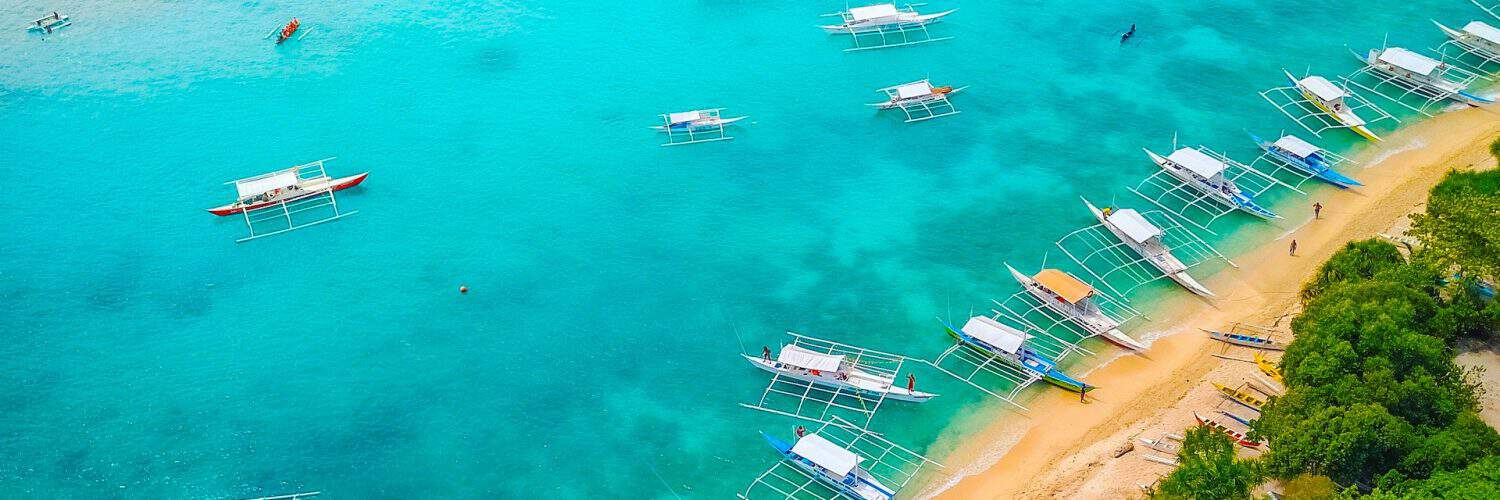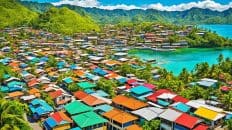Living in the Philippines is an experience of contrasts. It’s a dance between the old and the new, tradition and modernity, challenges and celebrations. Above all, it’s the warmth and resilience of the Filipino spirit that truly defines life in the Philippines, making it a unique and unforgettable journey for those who choose to embark on it.
The Philippines offers a unique blend of cultures, traditions, and landscapes. From the bustling streets of Metro Manila to the tranquil beaches of Palawan, life in the Philippines is a rich tapestry of experiences waiting to be explored. This article delves into what it’s like to live in this Southeast Asian country, touching on its history, culture, lifestyle, challenges, and opportunities.
Historical Background
To appreciate life in the Philippines, one must first understand its history. The nation boasts a colorful past, shaped by Malay, Chinese, Spanish, American, and indigenous influences. For over 300 years, the Philippines was a colony of Spain, which is evident in the country’s predominantly Roman Catholic faith and Spanish-era architecture. The short American colonial period also left its mark, especially in the educational system and love for Western pop culture.
Geography and Climate
Spread across three main island groups – Luzon, Visayas, and Mindanao – the Philippines is home to a diverse range of environments. The tropical climate means there are two primary seasons: the dry season (November to April) and the wet season (May to October).
Living in coastal areas offers breathtaking views of pristine beaches and turquoise waters. In contrast, the upland or mountainous regions, such as Baguio City in Luzon, provide respite from the tropical heat with their cooler climates.
Culture and Festivities
The Philippines is a melting pot of cultures. Its indigenous roots combined with foreign influences have birthed a rich cultural heritage. Fiestas, which are local festivals honoring patron saints or historical events, are frequent and vibrant affairs, featuring parades, dancing, and feasts.
Celebrations like Sinulog in Cebu, Panagbenga in Baguio, and the Ati-Atihan in Aklan draw both locals and tourists. Filipinos also celebrate traditional Western holidays, with Christmas being the most lavish and anticipated.
Daily Life and Cuisine
Life in the Philippines varies significantly between urban and rural areas. In cities like Manila, skyscrapers, shopping malls, and traffic jams paint the landscape. Conversely, rural areas offer a more laid-back lifestyle, where farming and fishing are predominant.
Filipino cuisine is as diverse as its islands. Staples include rice, fish, and meat, often prepared with a blend of salty, sweet, sour, and spicy flavors. Popular dishes include adobo (meat marinated and simmered in vinegar and soy sauce), sinigang (sour soup), and lechon (roasted pig).
Language and Communication
While Filipino (based on Tagalog) and English are the official languages, over 170 languages and dialects are spoken across the archipelago. English proficiency, a remnant of American colonization, is high, especially in urban areas.
A unique aspect of Filipino communication is the importance of “pakikisama” or smooth interpersonal relationships. It emphasizes harmony, often avoiding direct confrontation.
Challenges and Opportunities
Like any nation, the Philippines has its set of challenges. Natural calamities, like typhoons and earthquakes, are frequent. Urban areas, particularly Metro Manila, grapple with traffic congestion, pollution, and overpopulation.
However, these challenges are juxtaposed with opportunities. The nation’s booming BPO (Business Process Outsourcing) industry offers numerous job opportunities. Tourism, agriculture, and the tech industry are other growing sectors.
Education and Healthcare
Education is highly valued, with literacy rates over 90%. The K-12 program, introduced in 2013, added two years to the basic education system to enhance the curriculum and align it with international standards.
Healthcare quality varies. While metropolitan areas boast state-of-the-art medical facilities, rural areas may lack access to basic healthcare services.
Leisure and Entertainment
From island hopping in the Visayas to trekking up Mount Apo in Mindanao or shopping in Makati’s luxury malls, there’s no shortage of leisure activities. Filipinos are also huge fans of entertainment, with local movies, TV shows, and karaoke being perennial favorites.


















Add comment